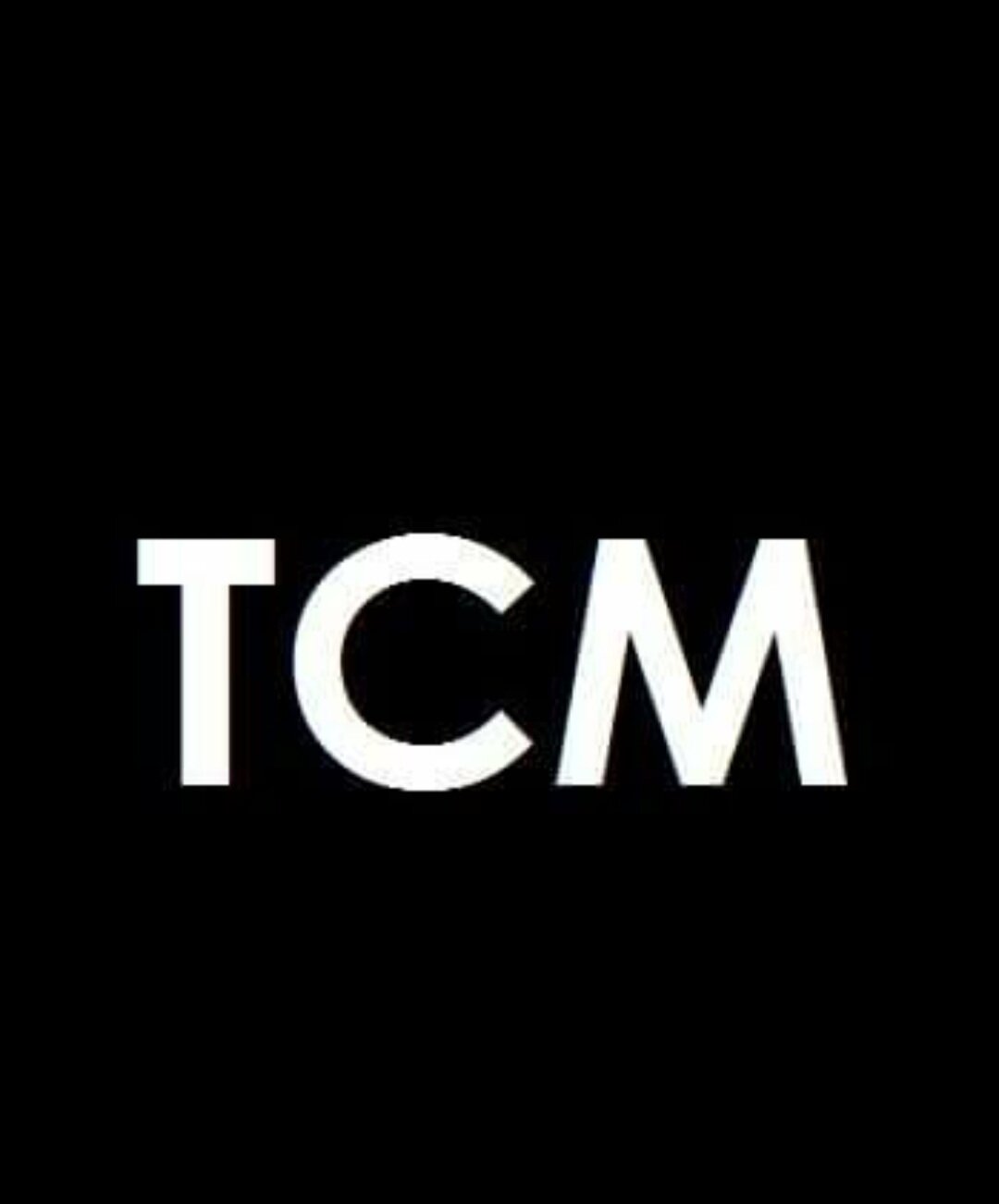The Enchanted Loom - Theatre Review
/By: Paul Lewkowicz and The Charming Modernist
The Enchanted Loom is a play that tenderly portrays the effects of war on a person’s psyche. Written by Suvendrini Lena, a neurologist, the play focuses on the painful struggle of Thangan, a Tamil political activist from Sri Lanka living in Canada with his family. He suffers from – and seeks to address – the scars left from being subject to torture during the Sri Lankan government’s mass offensive to obtain control of the Tamil Tigers' territory. The effects of Thangan’s struggle have a profound impact on his family, as they too, struggle to deal with memories of the war that have ravaged their minds, bodies and relationships.
The memories of war have an impact on both those who experienced it and their descendants who have never lived in the conflict zone. The play poignantly situates itself in the context of a diaspora working hard to highlight inequities where the Canadian populace is generally unfamiliar with the plight of minorities in Sri Lanka.
Thangan and his wife, Sevi (Zorana Sadiq) had to make difficult choices and the way in which they grapple with the consequences is heartbreaking. Sadiq plays the matriarch with grace and steadfastness. As we learn more about Sevi, Sadiq is able to break through her tough exterior and we see how the harrowing effects of war have changed her. So often, the mother is the glue that holds the family together, and Sevi is no exception. She also does not have much of a choice and strives to put her family's needs ahead of her own. Sevi is haunted by the choices she has made in the past and buries her passions to try and forget. But, with Thangan's post-traumatic stress disorder (PTSD) diagnosis, forgetting and burying the past is futile. Kawa Ada's portrayal of Thangan and Sevi's sons Kanaan and Kavalan is superb. He is able to play the precocious son with ease and transforms into a child soldier that commands attention.
Although there are many scenes with the characters spouting verbose medical jargon and the play can be slow to build its story, The Enchanted Loom has powerful performances from its cast and a tremendous second act. The sparse, sterile set serves as a canvass for the characters to paint their rich, colourful and complicated story. And, it's is an important story that needs to be told, as PTSD and other mental illnesses have been and continue to be stigmatized, especially in minority communities. Furthermore, the play serves to create awareness of Sri Lanka's brutal civil war, the post-conflict struggles and the injustices that many have faced.
The Enchanted Loom is certainly dense and difficult to digest, but the small space provides for an intimate evening for the audience to get up close and personal with the characters and be transformed by the story.
The Enchanted Loom plays at the Studio Theatre (125 Bathurst Street) until November 27, 2016. Tickets are $25 - $35 and are available for purchase at factorytheatre.ca/tickets.
Photos by Dahlia Katz.











